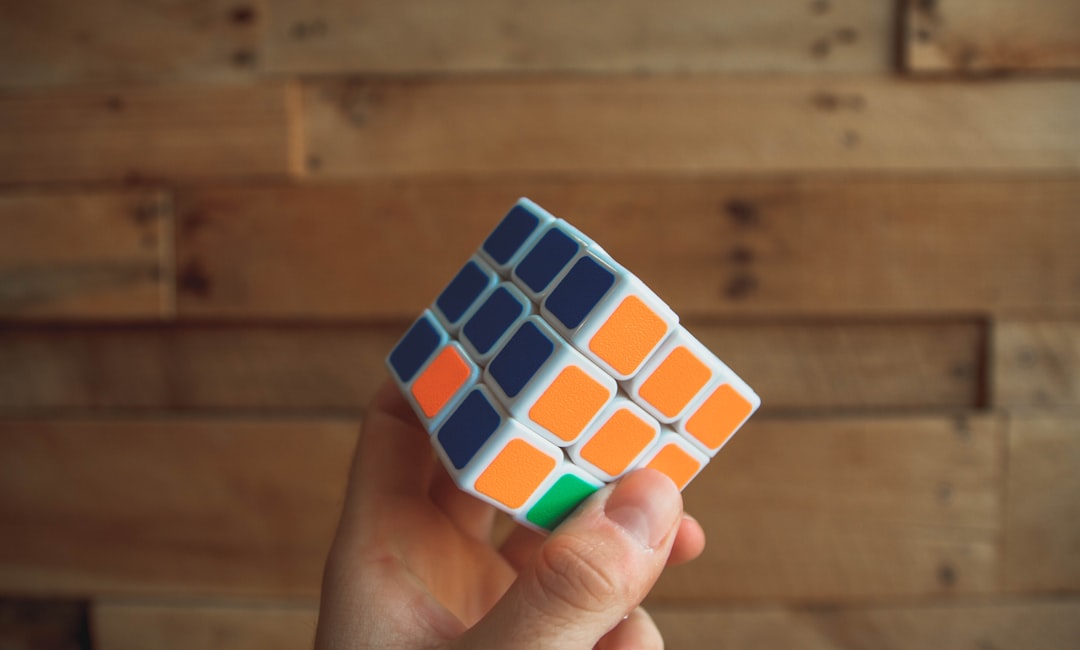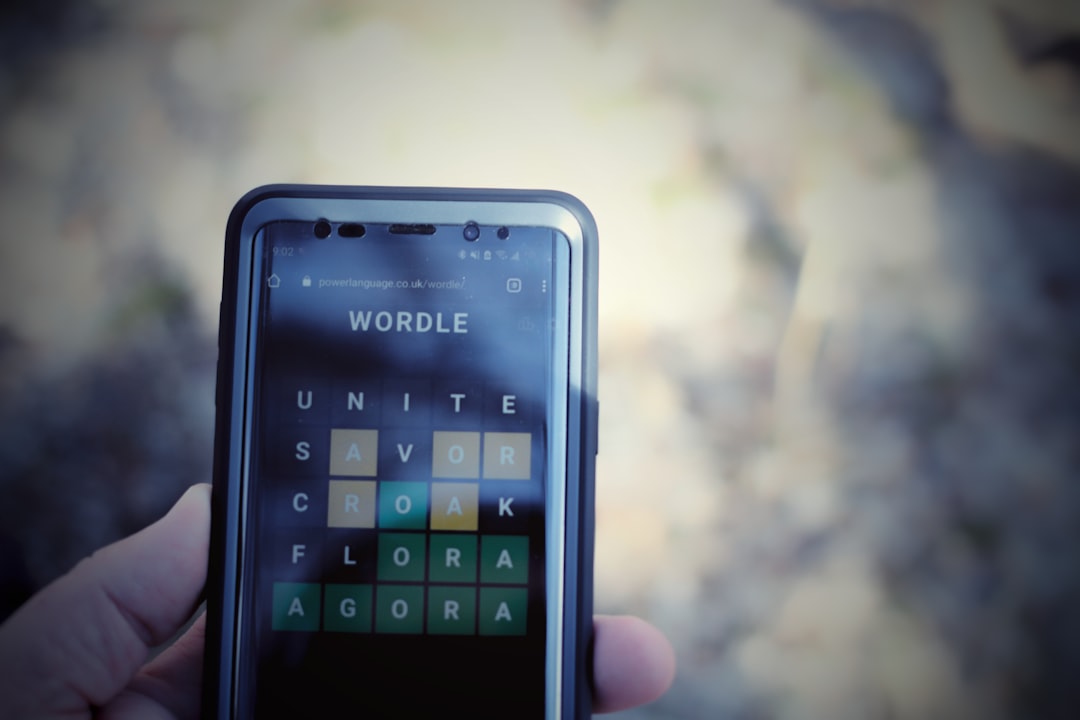Driving Customer Engagement and Loyalty with Gamification
Gamification is more than just a buzzword; it’s a game-changer for marketers. By integrating game mechanics and elements into marketing campaigns, businesses can create a fun and engaging experience for their customers. But how exactly can gamification be used to drive customer engagement and loyalty?
How to Use Games to Drive Engagement?
One effective use of gamification is in loyalty programs. Traditional loyalty programs often rely on points and discounts, but gamified loyalty programs take it a step further. By incorporating game elements like badges, leaderboards, and challenges, businesses can provide customers with a sense of achievement and a fun and interactive experience. This not only increases engagement but also cultivates brand loyalty.
Another area where gamification shines is social media marketing. Gamified contests, challenges, and viral campaigns can encourage customers to interact with your brand and share their experiences with their social networks. This amplifies your brand’s reach and taps into the power of word-of-mouth marketing.

Gamification and Customer Loyalty: Lessons from the Wordle Craze
The recent Wordle craze has shown us the immense potential of gamification in driving customer engagement and loyalty. Wordle, a word-guessing game, captured the attention of millions of players worldwide. But what can marketers learn from this phenomenon?
Firstly, the addictive nature of Wordle demonstrates the power of gamification in creating a positive user experience. By designing engaging and challenging games, businesses can tap into customers’ natural desire for competition and achievement.
Secondly, Wordle’s integration with social media platforms fueled its viral growth. Marketers can leverage this by creating gamified experiences that encourage customers to share their progress and achievements on social media. This not only drives engagement but also promotes their brand to a wider audience.

The Impact of Gamification in Loyalty Programs
When it comes to loyalty programs, gamification can be a game-changer. Traditional loyalty programs often rely on simple points-based systems, but gamification takes it to a whole new level. By incorporating game mechanics and elements, businesses can enhance the customer experience and drive customer loyalty.
One effective strategy is to reward customers with points and badges for completing various actions, such as making purchases, referring friends, or engaging with the brand on social media. These rewards create a sense of achievement and give customers a tangible incentive to stay loyal to your brand.
Gamification also enables businesses to provide personalized experiences for their customers. By tailoring rewards and incentives based on individual preferences, businesses can strengthen the emotional connection between customers and their brand.
Gamification in Marketing Campaigns: Engaging Your Audience
Gamification isn’t limited to loyalty programs. It can also be used to enhance various marketing initiatives, such as email marketing, quizzes and surveys, and social media campaigns. Let’s explore some of these areas where gamification can make a significant impact.
Email marketing is an essential tool for marketers, but standing out in a crowded inbox can be challenging. By incorporating gamified elements like interactive puzzles or challenges, businesses can increase email open rates and click-throughs. Additionally, rewarding customer engagement with exclusive offers or discounts can drive conversions and boost sales.
Word Games Strategy for Better Audience Engagement
Word games are another area where gamification can shine. By turning these into interactive and engaging experiences, businesses can collect valuable insights from their customers while providing an enjoyable experience. This not only encourages customer participation but also strengthens the bond between the customer and the brand.
Finally, social media marketing can benefit greatly from gamification. By using gamified contests, challenges, and interactive content, businesses can engage their audience and encourage them to share their experiences. This generates user-generated content and word-of-mouth marketing, amplifying the brand’s reach and impact.
Implementing Gamification: Best Practices and Tips
Now that you understand the potential of gamification in marketing, let’s explore some best practices and tips for its successful implementation.
- Align gamification with your brand and marketing goals: Define clear objectives and outcomes for gamification to ensure it complements your brand identity and values.
- Choose the right game mechanics: Select game mechanics that resonate with your target audience and strike a balance between challenge and reward.
- Leverage gamification platforms and tools: Explore gamification software and platforms to streamline the implementation process and enhance scalability and integration capabilities.
- Measure and analyze the impact: Identify key performance indicators (KPIs) for gamification and track customer engagement, conversion rates, and loyalty metrics. Use this data to optimize and refine your gamification strategies.
By following these best practices and continuously iterating on your gamification strategies, you can drive meaningful customer engagement and foster long-term loyalty.
In conclusion, gamification is a powerful tool that marketers can leverage to transform customer engagement and drive loyalty. Whether it’s through gamified loyalty programs, interactive marketing campaigns, or personalized experiences, gamification provides a fun and engaging way for customers to interact with your brand. By tapping into the natural desire for competition and achievement, businesses can create memorable experiences that keep customers coming back for more. So, don’t miss out on the opportunity to gamify your marketing efforts and unlock the full potential of customer engagement and loyalty.
Remember, gamification is more than just a game—it’s a strategic approach that can revolutionize your marketing strategy and propel your brand to new heights. So, start gamifying and watch your customer base grow and thrive!
TD;LR
Q: What is gamification?
A: Gamification is the use of game-like elements and mechanics to engage and motivate customers in non-game settings. It applies gaming principles such as competition, rewards, and challenges to encourage customer participation and drive customer engagement.
Q: How can gamification improve customer engagement and loyalty?
A: Gamification can help drive customer engagement by creating interactive and immersive experiences that captivate customers and keep them interested. By incorporating gamification elements into your marketing strategies, you can increase customer loyalty and retention, as well as boost customer engagement levels.
Q: What are some examples of successful gamification?
A: There are numerous examples of successful gamification campaigns. One example is the mobile app “Nike Run Club,” which uses gamification to motivate and challenge users to achieve their fitness goals. Another example is the Starbucks rewards program, which incentivizes customers to make repeat purchases and earn points towards free beverages.
Q: How can businesses use gamification to improve brand loyalty?
A: Businesses can leverage gamification to improve brand loyalty by incorporating game-like elements into their loyalty programs. By offering rewards, badges, and levels of achievement, businesses can create a sense of accomplishment and fun for customers, which in turn strengthens their brand loyalty.
Q: What types of gamification strategies can be used for customer acquisition?
A: Gamification can be used to attract and acquire new customers by offering incentives or challenges that encourage them to engage with your brand. For example, you could create a game or contest that requires customers to complete certain tasks or share their experiences with your product or service on social media.
Q: How does gamification improve customer engagement and loyalty?
A: Gamification improves customer engagement and loyalty by tapping into human psychology and motivation. By incorporating elements such as rewards, competition, and challenges, gamification creates a sense of excitement and achievement, which motivates customers to actively participate and stay connected with your brand.
Q: What are the benefits of gamification in customer engagement strategies?
A: Gamification in customer engagement strategies offers several benefits. It increases customer engagement and interaction with your brand, enhances the overall customer experience, encourages customer loyalty, and helps you gather valuable data and insights about your customers’ preferences and behaviors.
Q: How can gamification help drive customer retention?
A: Gamification can help drive customer retention by making the customer experience fun and rewarding. By incorporating gamification elements into your loyalty programs or customer retention initiatives, you can create a sense of excitement and loyalty among your customers, making them more likely to stay engaged and continue doing business with you.
Q: What is the global gamification market size?
A: The global gamification market is expected to reach a value of USD XX billion by 2027, according to a report by Market Research Future. The increasing adoption of gamification in various industries, such as e-commerce, healthcare, and education, is driving the growth of the market.
Q: How can gamification be incorporated into customer engagement strategies?
A: Gamification can be incorporated into customer engagement strategies by adding game-like elements to your marketing campaigns, loyalty programs, or online platforms. This can include challenges, rewards, leaderboards, or progress tracking systems that encourage customer participation and interaction.

